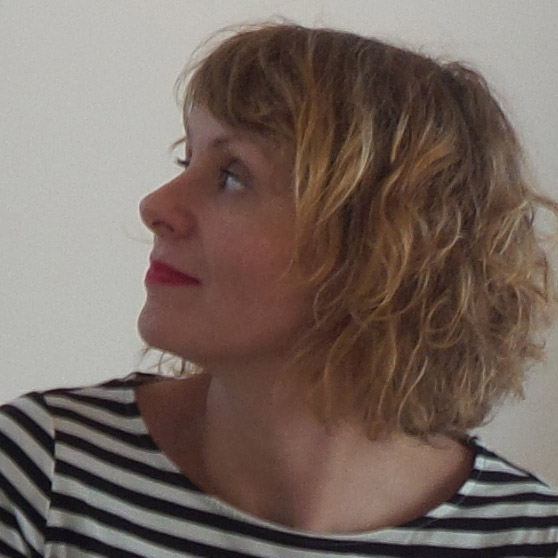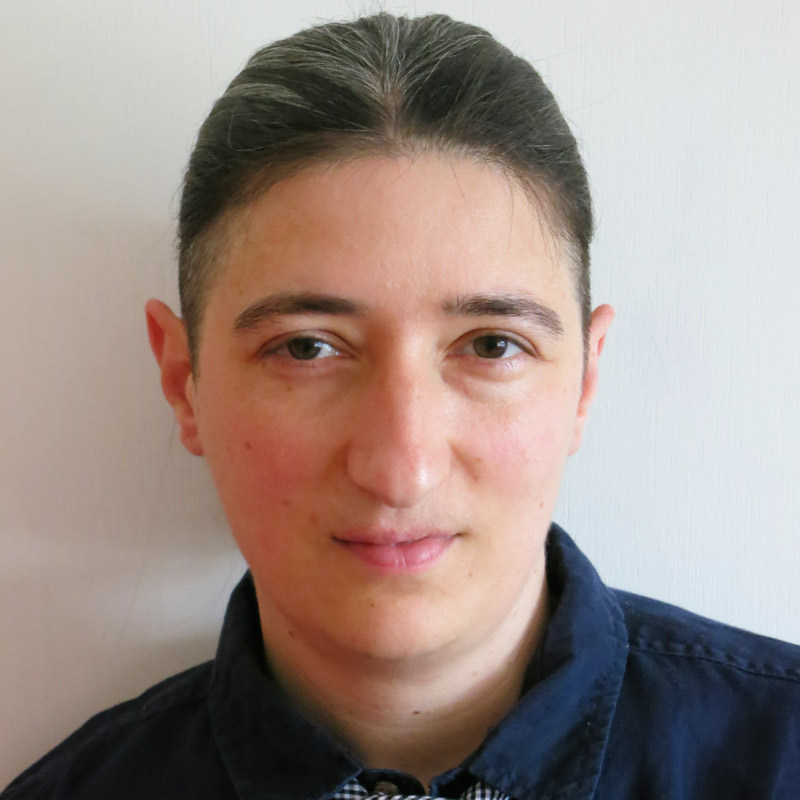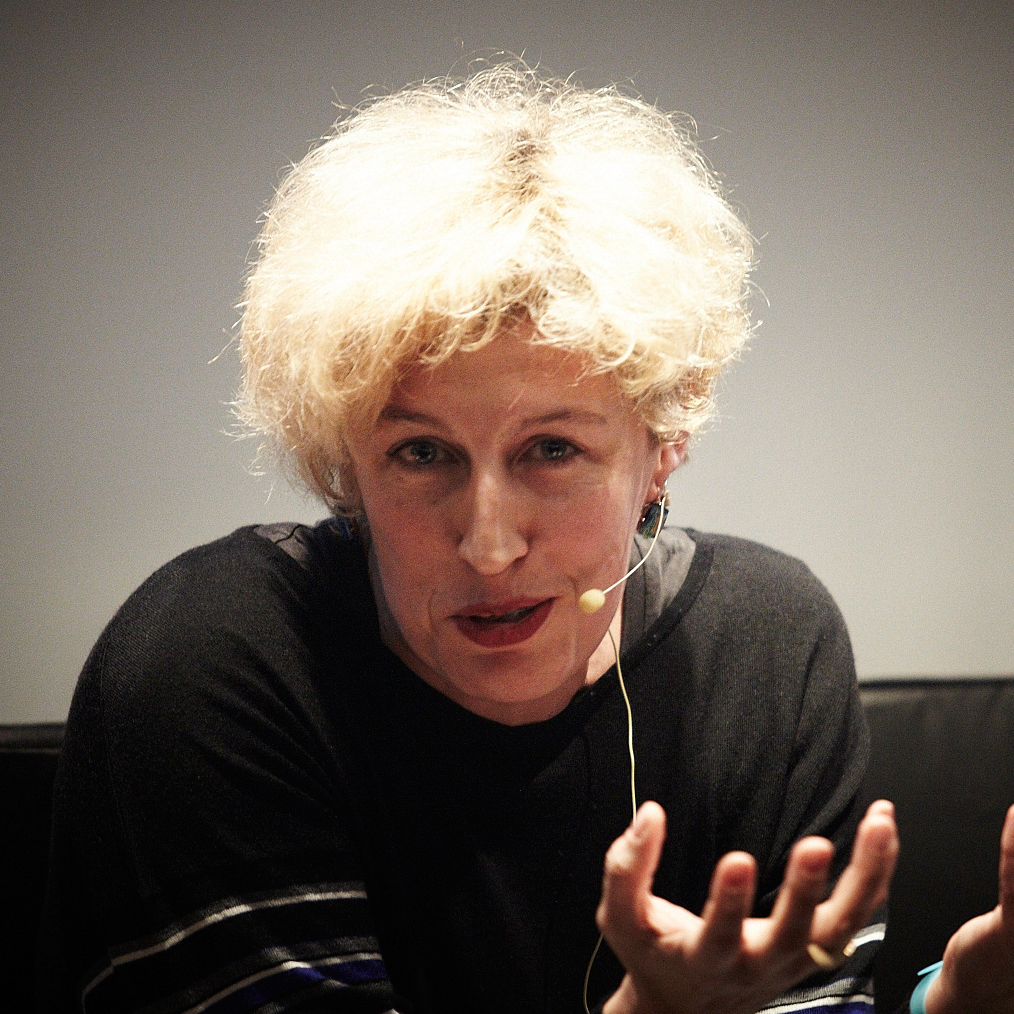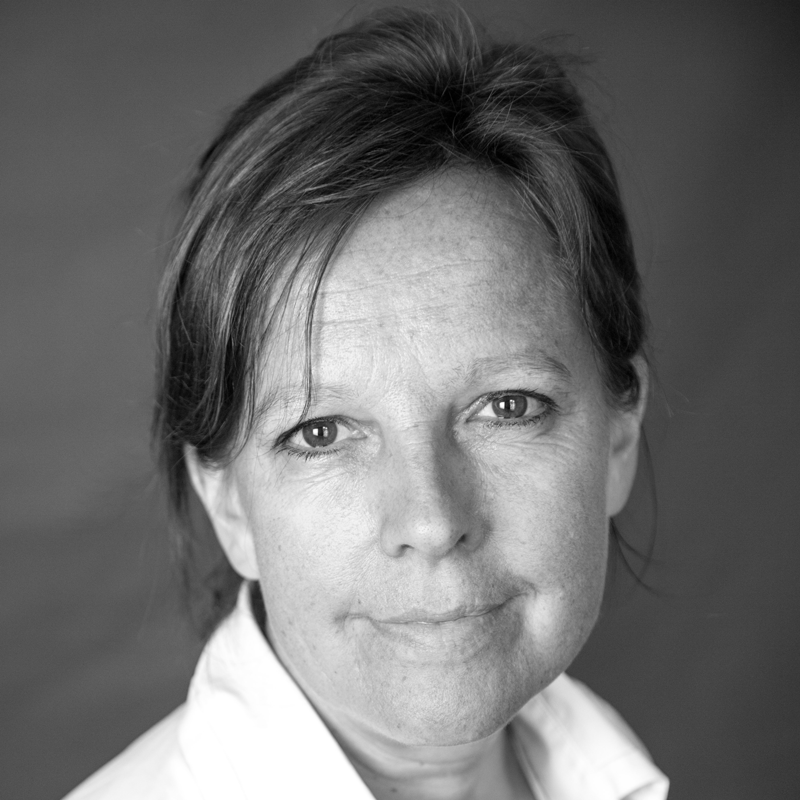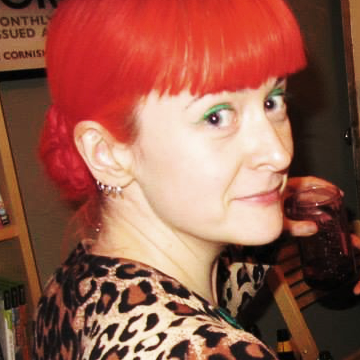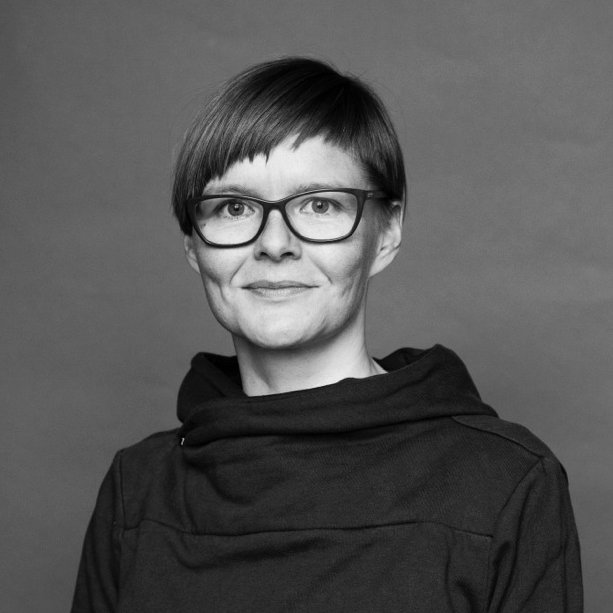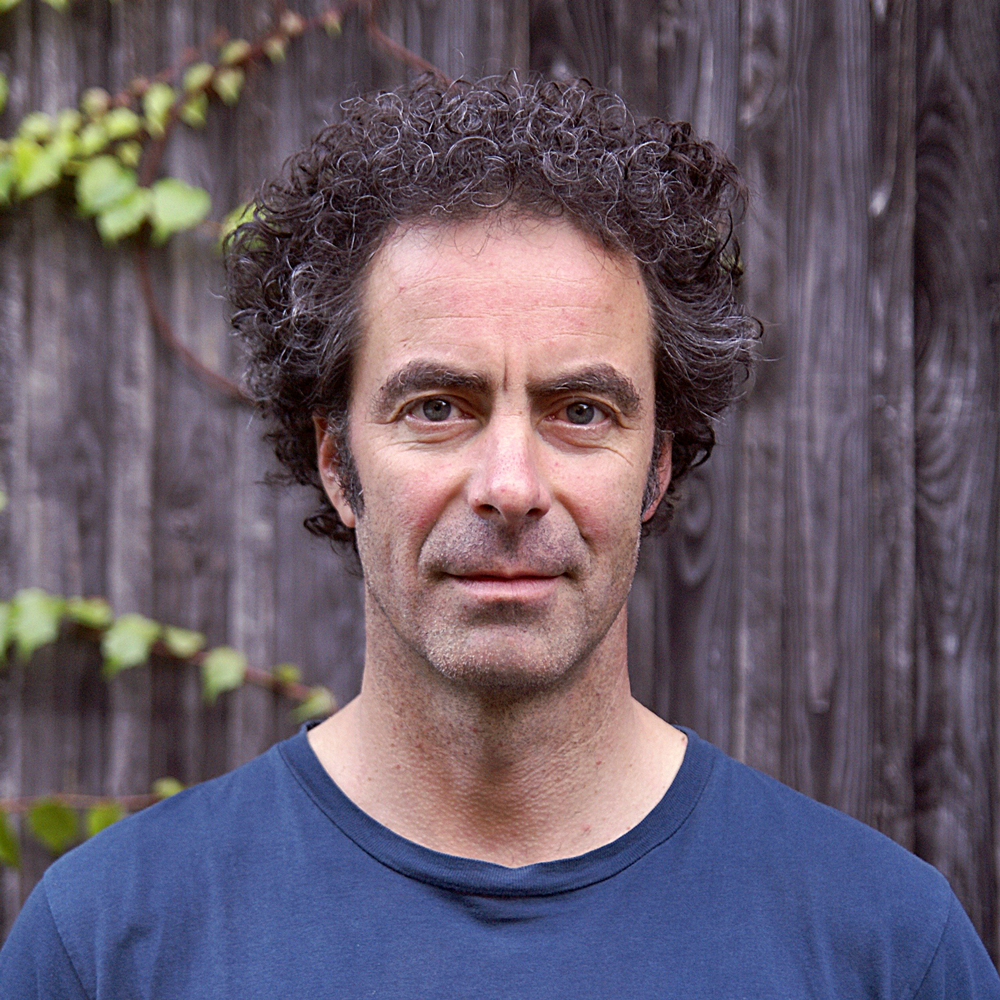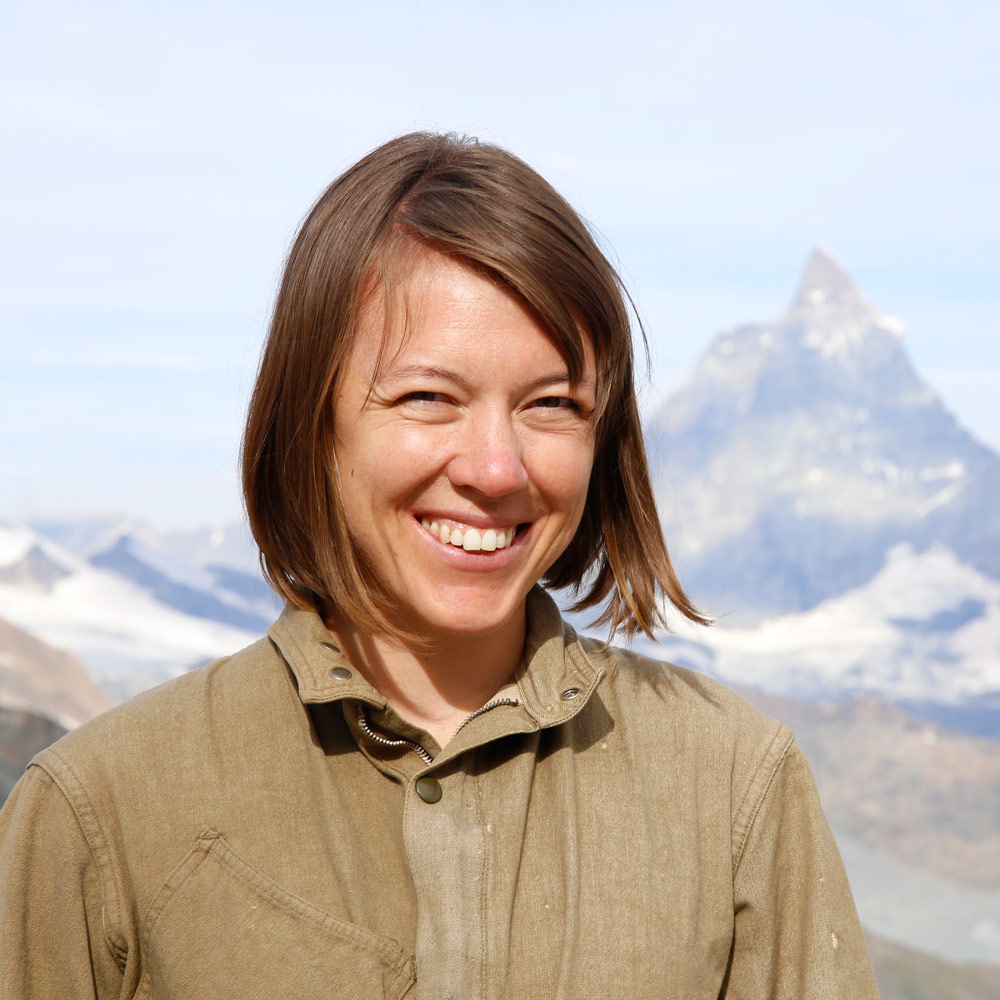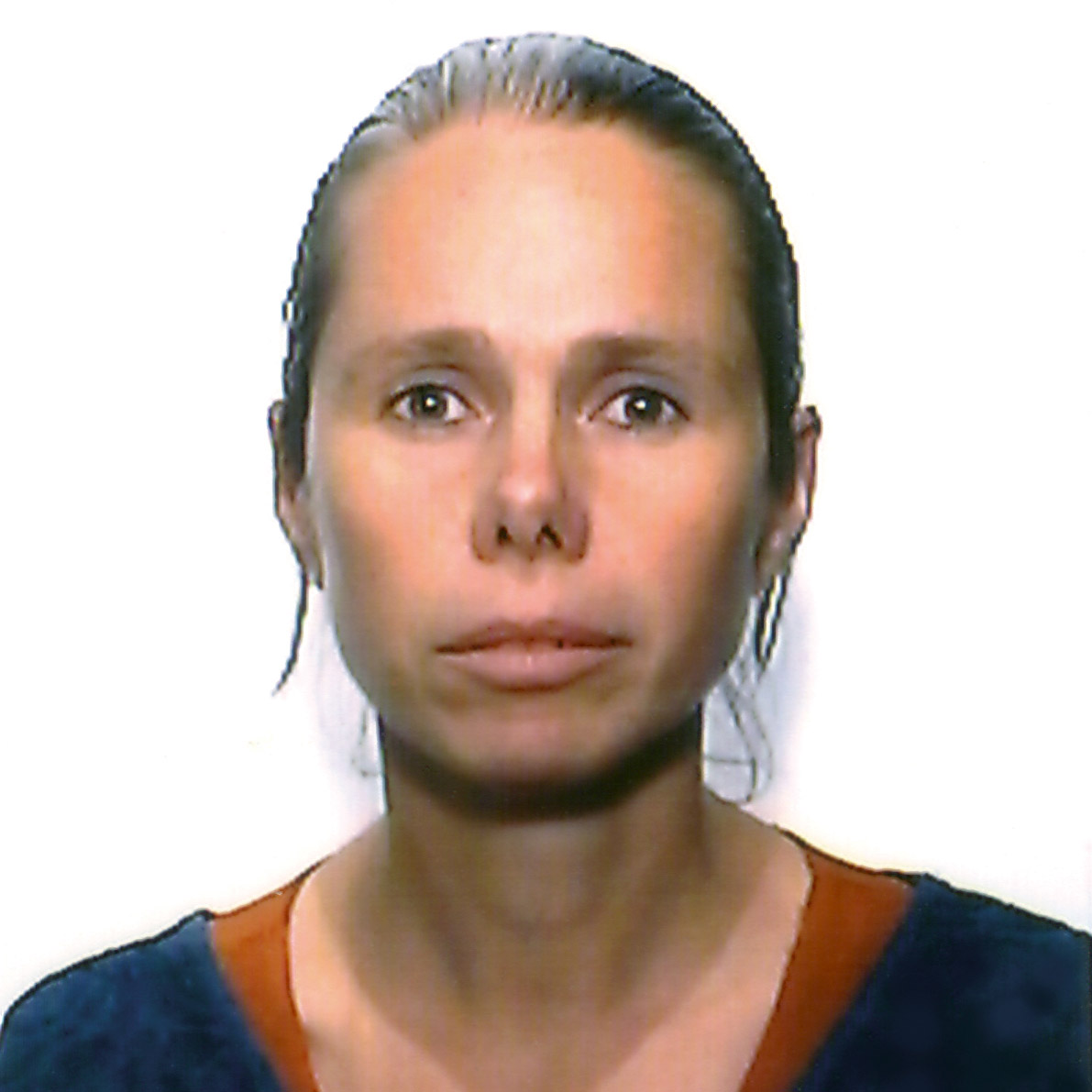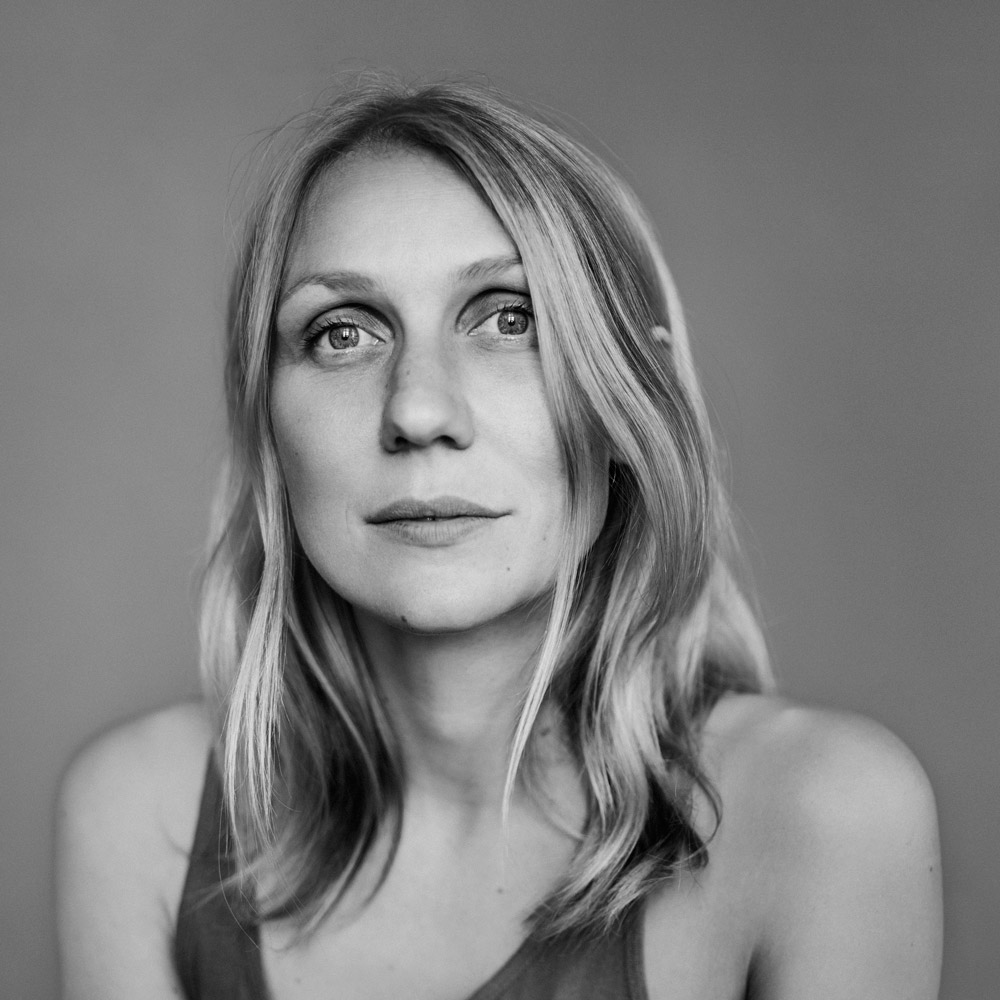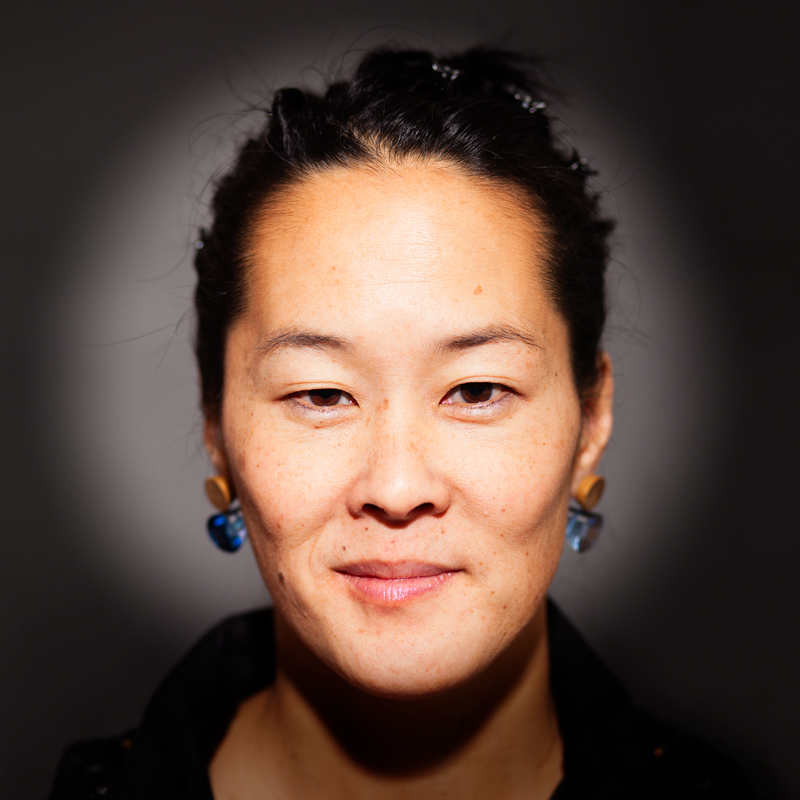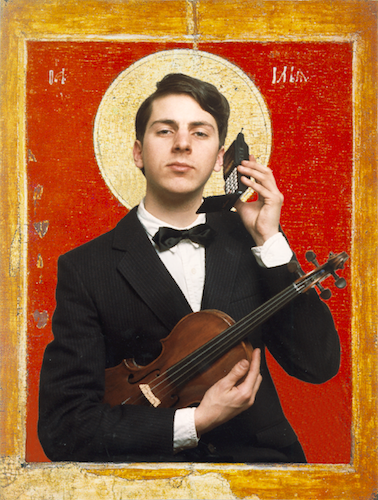"Selfie-as-eulogy: Affective witnessing, intimate publics and the mobile punctum"
In this talk I want to argue that the selfie can be understood as a tool for and of digital intimate publics. In particular, I want to focus upon the selfie as a site for misrecognition (Wendt 2015) as well as a vehicle for understanding trauma and grief. I will draw from the traumatic events of the South Korean ferry disaster of 2014 whereby over 250 high school children died. In this disaster (called “Sewol”) we see the power of the selfie to not only remind us that media has always been social, but that mobile media is challenging how the social is constituted by the political and the personal.
Here social media isn’t just a dissemination or publicity tool. It is part of the multiple seams that bind and unbind the personal to the political, the intimate to the public. While intimacy has always been mediated—if not by media, then by language, gestures and memory—we can see particular manifestations of continuities and discontinuities in and around mobile media practices. In particular, the Sewol disaster demonstrates the role of the selfie-as-eulogy.
In this paper I discuss a few key points in relation to the selfie-as-eulogy phenomenon. Firstly, this paper will consider a working definition of digital intimate publics and the role of affective witnessing (Papailias 2016). Secondly it considers Roland Barthes’s notion of the punctum (1981) in terms of the self-as-eulogy phenomenon.
Acknowledgment: This chapter is part of a broader study with Katie Cumiskey exploring the role of mobile media in processes of loss.
Distinguished Professor Larissa Hjorth is an artist and digital ethnographer in the School of Media & Communication, RMIT University. She studies the socio-cultural dimensions of mobile media and play in the Asia-Pacific region. In particular, Hjorth’s work focuses upon intergenerational and cross-cultural approaches.
Hjorth has over twenty years’ experience working collaboratively upon interdisciplinary projects in the Asia-Pacific region. She combines ethnography with creative work to probe everyday mobile media practices. She also originally trained as an analogue photographer and has watched her four year degree become a filter on Instagram.
"Thinking selfies politically"
The talk will bring together materials from my recently published book (with Rebecca L. Stein), Digital Militarism, on the phenomenon of “selfie militarism” – the use of selfies by soldiers on and off battlefield, and my new work on “selfie citizenship” which examines political uses of selfies in various locations, their global circulation, and their changing currency.
Adi Kuntsman’s work lies at the intersection of cybercultures/digital and social media; anti-colonial and feminist scholarship; queer theory; and social research on war, nationalism and colonialism. Adi’s fields of geographic and thematic interest are broad and diverse: she has written on queer racisms in Israel-Palestine; on sexuality and class in Gulag historiography; on digital horizons of hatred in post-Soviet diaspora; and on social media in militarized settings across the world. The common thread in all of her work is her interest in violence – its affective economy and its cultural imageries, its seductive power and its bargaining value. More specifically, Adi explores the political effects of living with violence as a perpetrator, a spectator, a bystander, or a complicit beneficiary.
Adi is the author of Figurations of Violence and Belonging: Queerness, Mingranthood and Nationalism in Cyberspace and Beyond (2009), and the co-editor of Queer Necropolitics (with Jin Haritaworn and Silvia Posocco, 2014); Digital Cultures and the Politics of Emotion: Feelings, Affect and Technologica Change (with Athina Karatzogianni, 2012); and Out of Place: Interrogating Silences in Queerness/ Raciality (with Esperanza Miyake, 2008). Adi’s new book, DigitalMilitarism: Israeli Occupation in the Social Media Age (co-authored with Rebecca L. Stein) , has just come out from Stanford University Press. It examines mobile technologies and social media as tools, sites, and languages of Israeli militarist violence in its ordinary, everyday forms.
"Digital Self-Portraits and the Modulation of Intimacy"
Drawing on empirical research about the production and sharing of digital self-portraits, carried out with adults (25-45 years old) in Madrid, this talk discusses how self-portraits practices and their display and exchange entail three different and interrelated aspects: presentation, representation and embodiment, involved in contemporary ways of creating, sustaining and modulating intimacy.
Amparo Lasén, holds a Ph.D. from the University Paris V-La Sorbonne. She is Professor of Sociology at the University Complutense de Madrid and member of the research group Sociología Ordinaria www.sociologiaordinaria.com. Her research focuses on the social implications of the usages, practices and presence of ICT especially in relationship with affectivity, the configuration of contemporary subjectivities and intimacies, and everyday life. Prior to her current position, she was the Vodafone Surrey Scholar at the DWRC of Surrey University, where she conducted cross-cultural research on mobile phone uses and practices. She has been academic visitor at the Department of Sociology of the LSE and researcher of the CEAQ (Centre d’Études de l’Actuel et du Quotidien) Paris V-La Sorbonne.
"Selfies and Purikura as Affective, Aesthetic Labor"
Is the selfie a sign of conformity and adjustment to at the same time the machine, stereotypical imagery and group mentality? Or is it the opposite: can we speak of a free, creative and highly gestural play with identity, gender, sexuality etc.? What is the social value of this kind of photography and which kind of affect does it produce?
This talk addresses vernacular or everyday photography as a subtle, but nevertheless important, locus of negotiating gender, the body and identity politics. Looking at the selfie phenomenon through the much older Japanese photo-booth photography, purikura, and using Kaja Silverman’s term “the good enough”, developed in her analysis of Cindy Sherman’s “Untitled Filmstills”, I want to argue for an open and dialectical approach to those kinds of popular photography genres with an eye for both stereotypical and liberating aspects of vernacular self-portraiture. I will argue that the selfie can produce in us a conscious understanding of the nature of the images through which we see are seen in contemporary visual culture.
Mette Sandbye is Professor of Photography Studies and since 2012 Head of the Department of Arts and Cultural Studies at the University of Copenhagen. She currently researches the relationship between amateur photography and collective history since the 1960s. She has written extensively on photography and contemporary art for more than 20 years. She was the editor of the first Danish history of photography (Dansk Fotografihistorie, 2004), and she has published numerous books (among them Kedelige Billeder. Fotografiets snapshotæstetik, 2007, and Mindesmærker,. Tid og erindring i fotografiet, 2001) and articles on contemporary art photography and photography as part of visual culture. Her publications in English include: Symbolic Imprints. Photography and Visual Culture (eds. LK Bertelsen, R Gade, M Sandbye 1999), “Making Pictures Talk”, in Re-investing Authenticity. Tourism, Place & Emotions (eds. BT Knudsen and AM Waade 2010), “The Family Photo Album as Transformed Social Space in the Age of ‘Web 2.0’”, in Throughout (ed. U. Ekman 2013), “Looking at the Family Photo Album. A resumed theoretical discussion of how”, Journal of Aesthetics & Culture, 2014, vol 6, “It Has Not Been - It Is. The Signaletic Transformation of Photography”, in Photomediations: A Reader (eds. K. Kuc & J. Zylinska 2016). In 2010 she was a member of the Hasselblad Award committee, and 2007-2011 she was a member of the Danish Arts Council, board of visual arts. Her latest book is Digital Snaps. The New Face of Photography (2014), edited with Jonas Larsen.
"Selfies as a Cultural Trope"
Following on from my PhD research, this talk will consider how selfies - or rather the idea of selfies - are used as a cultural trope. By being associated within popular culture with certain character traits, such as narcissism and a lack of attention, selfies have become a shorthand for anxieties about young people, and about young women in particular.
Anne Burns is the Research Associate on the Imaging Sheffield study, which is part of the Visual Social Media Lab’s Picturing the Social project at the University of Sheffield. This study uses an ethnographic approach to consider a variety of photographic sharing practices on social media.
Anne’s PhD research looked at the connection between photographic practice and social discipline, by examining how the devaluing of certain types of photograph (such as selfies) or behaviour (such as the pouting ‘duckface’) within popular discourse is used to classify and marginalize women. She also considered how involuntary pornography (sometimes called ‘revenge porn’) features a distortion of feminist goals of choice’ in order to legitimize victims’ humiliation and punishment.
Prior to commencing her PhD, Anne was a photography demonstrator at the University of Salford, and worked as a photographer at a high-street portrait studio.
"Self-imagery: Sousveillance, Interveillance and Other Counter-Surveillance Strategies"
The digitization of photography and its mediation informs contemporary practices of state and social surveillance, but also creates potentials for counter-surveillance as well as inclusive, enabling monitoring of both privileged users and vulnerable subjects. Thinking through examples of photographic registration in everyday surveillance, the talk will address various types of self-imagery by artists and activists as strategies of ‘sousveillance’ and ‘interveillance’.
Louise Wolthers, PhD in Art History from the University of Copenhagen.
Post.doc. at The National Gallery of Denmark 2009-2011. Since 2012 Curator, Researcher and Research Manager at The Hasselblad Foundation, Gothenburg, Sweden.
The position at The Hasselblad Foundation includes curatorial and editorial work, writing and publishing, arranging public symposia and giving lectures nationally and internationally. Current research and curatorial projects include WATCHED! Surveillance, Art and Photography, which is resulting in a touring exhibition (opening May, 2016 at The Hasselblad Center) and a publication (Verlag der Buchhandlung Walther König, 2016). Recent edited publications include: Wolfgang Tillmans, What’s Wrong with redistribution? (Verlag der Buchhandlung Walther König: 2015); Framing Bodies (Art & Theory: 2015); Ishiuchi Miyako: Hasselblad Award 2014 (Kehrer: 2014); Mellan Verkligheter: Fotografi i Sverige / Between Realities: Photography in Sweden 1970-2000 (Arena: 2014); Joan Fontcuberta: The Nature of Photography / The Photography of Nature (MACK: 2013); and the research publication series NEGATIVE (Art & Theory: 2014 -). Recent academic publications include: ‘Imagining Migration in Europe: Surveillance and Other Visibilities’ (Photographic Powers, Aalto University: 2015); ‘Månfotografierna. Historiska bilder i en brytningstid’ (En målad historia. Göteborgs Konstmuseum: 2014); ‘Virtual Selves: Art and Digital Autobiography’ (The New Face of Snapshot Photography. I.B. Tauris: 2014); ‘Mobile monitoring: Self-tracking in counter-surveillance art’ (Representational Machines. Photography and the Production of Space. Aarhus University Press: 2013).
Member of the Research Board, Valand Academy of Art, Gothenburg University, and of the Editorial Advisory Board of photographies (Routledge).
"Contributor" (2004-)
Contributor is an ongoing series of photographic self-portraits that was started in 2004. It shows me in different working situations at different places in Norway and Germany. In some of these pictures, I can be seen working on my own projects, in others, I am working on the projects of friends, colleagues or business partners. Either way, the photographs depict me contributing my ideas, experience, time and energy to something that needs to be done. In Contributor, the short-term energy of the workplace is translated into the long-term power of the image. In working on this series, I have been able to transform my position from that of a (working) subject to that of a (watching) observer. The selected photographs allow me to share my work experience with a wider audience.
German born and Oslo based visual artist Stefan Schröder (1966) is educated from Art Academy in Dresden (GER) and Breda (NL). His recent works include various public commissions in Germany and Norway as well as a series of analog photography (Contributor, 2004 - on going) which deals with personal working experiances at various building sites and art institutions. He is co-founder and co-director of Tenthaus Oslo, a non commercial project space in Oslo.
"The Characters"(2008-)
When you come across something, something old, as you touch it, you touch time. The air around your face carries the scent of an era, not of old and fungus but of body, powder, leather, perfume, gasoline: all the things that were there. All these unnecessary necessities that fill our lives, things that filled lives then. As you take hold of the object, you’re afraid of breaking it. Still you don’t want to let go. You inspect and sense: look, stroke, push, bend, turn and tilt. If it is wearable, you put it on. You search for the nearest mirror, making this thing a part of you. If it is too tight you hold in your stomach, you try to breathe carefully to not tear the fragile fabric across your ribs or shoulders, and as the garment finally slips down your chest you bless your small breasts. Or you curse your thighs, as the skirt refuses to be pulled all the way up – it goes no further than your knees – and this moment you swear to never run your miles again. The only mile you want to run right now is the one that can take you back in time.
Clutching an object, trying it on, finding that it did fit you perfectly, without any struggle. Bending across her leather suitcase, on your knees, looking at your own reflection in an old mirror. Her sunglasses fit your face, rest comfortably on your nose. The rubber band keeps them up without too much pressure on your temples. The frames rest on your cheekbones. Imagine looking through those orange glasses. As you return your own gaze, fiction, reality and your life meet in a reflection.
The tale became my quest, conscience and concern. I would like to say it was my fantasy, dreams and desires, but as this hunt is my work, my artistic practice, it was far more real, physical and bothersome than a dream. One could say it bordered on an obsession.*
*Introduction, THE CHARACTERS I-IV, artist book by Tonje Bøe Birkeland
The objective of THE CHARACTERS is to encapsulate an entire artistic practice. Since 2008 I have, through THE CHARACTERS, given women a position within landscape while exploring the authenticity of history. On expedition, female explorers are staged in Unknown Territory. THE CHARACTERS are self-portraits expounding time and place, investigating personality and physical limits.
Materials have been gathered from before, during and after their journeys, yielding stories and installations with photography in large formats portraying Character #I-V:
Character #I ALINE VICTORIA BIRKELAND (1870-1952), geologist and glaciologist, travels in the high Arctic and on Spitsbergen. She makes an important discovery, but due to the times she lives in, she considers it necessary to cover up what she finds. She buries a crate in the mountainside behind Grumant.
Character #II TUVA TENGEL (1901-1985), desert traveller, author and photographer, travels in the Gobi Desert, Mongolia. She brings her camera and notebook and travels south towards the sun. She enters Unknown Territory.
Character #III LUELLE MAGDALON LUMIÈRE (1873-1973), stereophotographer and poet – a traveller among islands, societies and continents. Luelle journeyed to New York, the Orkney Islands, and later to the mountains of western Norway.
Character #IV ANNA AURORA ASTRUP (1871-1968) sails along the East Coast of Greenland in 1900. Astrup charts sea depth, mountain peaks and coastline. She makes first ascents of Mount Aurora and Astrups Horn.
Character #V BERTHA BOLETTE BOYD (1900-1985) travels in Bhutan in April 1931. Bertha has read Castles in the Air (National Geographic Journal: 1915). She hikes at high altidtude, up to 4700 MAMSL.
THE CHARACTERS came about in part due to my relationship with nature, and in part due to the polar explorers who were instrumental in defining Norway as a nation (albeit with a problematic consequence: nationalism).
THE CHARACTERS demand physical presence as well as sensitivity for storytelling. Each project leads closer to the objective of a gallery of personas of female heroines from the past, who through narrative, fantasy and photography can fill a void in our history and reveal contemporary society’s challenges: globalized colonization on the one hand and the loss of the great adventure on the other.
Tonje Bøe Birkeland (born 1985 in Bergen, Norway) received her Master’s degree in Fine Art at Bergen Academy of Art and Design in 2012. She was awarded with the Hasselblad Foundation’s Victor Fellowship 2012 for her contribution Tuva Tengel (1901-1985) Letters from Mongolia exhibited as part of New Nordic Photography at Hasselblad Center, Gothenburg. Hasselblad Foundation’s Victor Fellowship sponsored her stay at International Studio & Curatorial Program (ISCP) in Brooklyn, New York. Recent shows include inner & Outer Landscapes by Fotografisk Center, Copenhagen, Darkness & Light at Scandinavia House, New York, Types and Archetypes at Galleri F15, Moss, Norway, Life is the Only Way at Bontelabo, Bergen, Norway and Character # IV Anna Aurora Astrup at fotogalleriet [format], Malmö, Sweden.The National Public Art Council Sweden, Nya Karolinska, Hasselblad Foundation and Preus Museum have Birkeland’s works in their collections. In 2016 her work will be displayed at Fotogalleriet and Preus Museum.
"The travelling self"
The self-portraits presented here relate to both inner travels and actual travelling in the world. Place, in this series, is understood as generating a space for self-representation at the intersection of private self-exploration and collective imaginaries. The discussion is based on an exploration of when a photographic image moves beyond what is commonly considered a “good” or sufficient representation of a self.
Dr. Thera Mjaaland is a photographer and social anthropologist. She started her art career with a Diploma in Photography from Bournemouth & Poole College of Art (1980), and exhibited frequently in Norway and abroad up until the mid-1990s. She was appointed assistant professor in photography at Bergen Academy of Art and Design (1996-1999), where she also served as dean for the Department of Specialised Arts for two years (1999-2000). Her travelling as a photographer, especially in the East-African countries Eritrea and Ethiopia since 1993, aroused an interest in social anthropology that resulted in a MA degree (2004) as well as a PhD in Gender and Development at the University of Bergen (2013). Methodological use of photography in research has been an integral part of her academic work. Mjaaland is interested in what she sees as an artificial schism between art and science, and is concerned with visual knowledge production at the intersection of experience-based artistic and anthropological practices. Her self-portrait project traverses her art and academic careers.
"Dust catches Light" & "Midnight Milk"
In her two books Dust catches light and Midnight Milk, Marie Sjøvold has photographed herself and her family to create intimate stories, investigating her own pregnancy, motherhood, time, dementia, standstill, home and loss.
The books consist of and combine everyday observations and staged images. Sjøvold will talk about Dust catches light and Midnight Milk, and focus on auto-biographical work, using the camera as a method to explore, understand and portray both physical and psychological issues.
Marie Sjøvold (b. 1982) is a Norwegian visual artist working mainly with photography and film. Sjøvold has published the books Midnight Milk (2015) and Dust catches Light (2011) at Journal Forlag, and has also self-published several books and catalogues. Her works have been exhibited at, amongst others, Deichtorhallen (Hamburg), Nobels Fredssenter (Oslo), Calouste Gulbenkian (Paris), Hå Gamle Prestegård (Stavanger), Fotografisk Center (Copenhagen), Galleri F15 (Jeløya), Lumina Photo Festival 2012 (Lucca), Nasjonalbiblioteket (Oslo), le Bar Floréal (Paris), Pingyao International Photofestival (China), Trafo Kunsthall (Asker) og Riga Photomonth (Riga).
Selected publications: Midnight Milk (Fall 2015, Journal Forlag), Dust catches Light (2011, Journal Forlag), Norwegian Journal of Photography (2013, Journal Forlag), Pust (2006, self-published) and Disappearing Hours (2007, self-published).
"#selfies as a collective event"
The desire to represent one-self in new manners has through history motivated people to make use of new technologies, to develop new genres and aesthetics. Photographic self-performances within art, popular culture and among ordinary people say something about the time and culture we live in. The #selfie has emerged as a global visual phenomenon which indicate something about our present time. Based on the Ebook Selvbilde: Fra selvportrett til #selfie [Self-image: from self-portrait to #selfie] I will discuss the selfie-phenomenon as a collective event.
Dr. Lin Prøitz, Degree PhD (2007) in Gender and Media Science, University of Oslo (UiO). Prøitz was the first researcher in the Nordic countries who achieved a PhD in mobile telephony practices among youths in Gender and Media Studies, using small scale ethnographic inspired methods.
Her innovative research design and methods were rewarded with a post-doctoral scholarship (2008-2012) where Prøitz further developed in-depth knowledge on gendered and sexual marginalized youths in digital media communication and practices. During her PhD and Post-doctoral research periods, she has had research stays abroad at UCBerkeley, City University of New York, University of London Birkbeck and University of Cape Town, all of which are highly recognised universities. Prøitz’ activities abroad, her extensive participation in academic and non-academic conferencess all over the world, her project managements in Telecom R&I, coordination and management of Joint Nordic Platform (2013-11), have given Prøitz an active, large and multifaceted network internationally. In addition to her academic carrieer, Prøitz has been working as a Consultant for the Norwegian Directorate for Education, with specific contributions to guidance material for teachers teaching gender, sexuality and new media in elementary school (2009); as a Researcher in Telenor Research & Innovation, developing knowledge on rural and urban youths mobile media practices; and as a Senior Researcher at the Norwegian Institute of Children’s Books, particularly developing knowledge on how literary production processes are being influenced by the digitalization of the culture. Prøitz has been questioning and expressing inclusion and exclusion power-mechanisms in various ways, for instance materialized in art-installations; in photography; in collaboration with other artist; as well as supervising students. Prøitz is originally educated a photographer.
"Self-Phone"
Kristoffer Eliassen will talk about his staged photographs from the early 1990s to recent works. The presentation will focus on his fascination for technology, and how technology relates to identity in his self-staged images.
Kristoffer Eliassen (born 1971 in Oslo, Norway) holds a Master's degree in Photography from Bergen Academy of Art and Design (1999). His project about selfies won 3rd prize in the category Staged at the 2016 Sony World Photography Awards. The project forms part of the exploratory ebook Selvbilde (Self-Image) by L. Prøitz (author) and K. Eliassen (photo, design, production). The ebook and Eliassen's photo series will be a part of the exhibition #Jeg (#Me) at Preus Museum. Kristoffer also has a background as a Graphic Designer & UX Designer at Telenor / Canal Digital (2000-2013).
